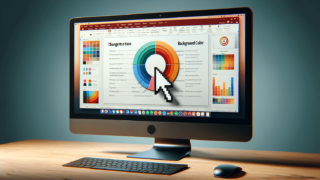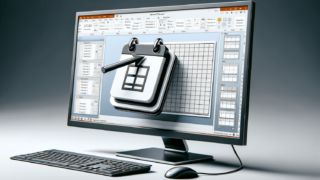
Adding Animation to PowerPoint Slides
Adding animation to PowerPoint can enhance your presentations by bringing attention to specific content and making information more engaging. PowerPoint provides a variety of animation options ranging from subtle to complex. Here’s a step-by-step guide on how to add animation to your PowerPoint slides:
Quick summary
- Select the object you want to animate.
- Navigate to the Animations tab.
- Choose an animation style.
- Adjust animation options like start, duration, and delay.
- Preview your animation.
- Use the Animation Pane for more complex animations.
Step-by-Step Guide to Adding Animations
Select the Object: Begin by clicking on the object (text box, image, shape, etc.) you wish to animate.
Navigate to the Animations Tab: With the object selected, go to the Animations tab on the ribbon. Here, you’ll see a variety of animation options—from Entrance and Exit effects to Emphasis and Motion Paths.
Choose an Animation Style: Click on any animation style to apply it to your selected object. For a wider range, click the drop-down arrow at the end of the animation gallery to see all available animations.
Adjust Animation Options: After selecting an animation, you can adjust its settings. Use the Start option to choose when the animation occurs (On Click, With Previous, or After Previous). The Duration and Delay options let you control the timing of your animation.
Preview Your Animation: Use the Preview button in the Animations tab to see how the animation will look during your presentation.
Advanced Animations with the Animation Pane: For more control over your animations, click on Animation Pane in the Animations tab. This tool allows you to reorder animations, set timing more precisely, and add multiple animations to a single object.
At LearnPowerpoint.io, we encourage exploring a variety of animations to enhance your presentations. Remember, the key is to use animation effectively—too much can be overwhelming, but the right amount can emphasize important points and keep your audience engaged.
Tips for Effective Animation Use
Animations in PowerPoint are powerful tools when used correctly. Here are some tips from LearnPowerpoint.io to make the most out of your animated slides:
- Keep it Simple: Use animations sparingly. Too many animations can distract from your message.
- Be Consistent: Stick to a few animation styles throughout your presentation for a cohesive look.
- Focus on Key Points: Animate important elements to draw attention where it’s needed most.
- Practice Timing: Adjust the duration and delay settings to ensure your animations align well with your spoken presentation.
Combining Animations for Impact
For a dynamic presentation, consider layering or sequencing animations. For example, you could use an Entrance effect to introduce an object followed by an Emphasis effect to highlight it. The Animation Pane is particularly helpful for managing multiple animations on a single slide. Experiment with different combinations to see what works best for your narrative and audience.
In conclusion, adding animation to PowerPoint can significantly boost the effectiveness of your presentation by making it more engaging and visually appealing. By following the simple steps outlined above and keeping our trusted advice in mind, you’ll be able to enhance your slides with animation confidently. Remember, the best PowerPoint presentations strike a balance between informative content and compelling delivery, and with the right animations, you can achieve just that.
Featured Posts
- No pillar pages found.








